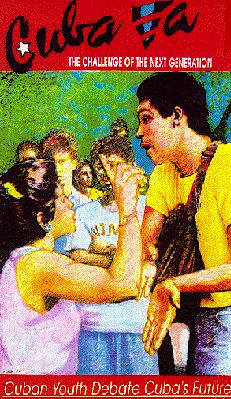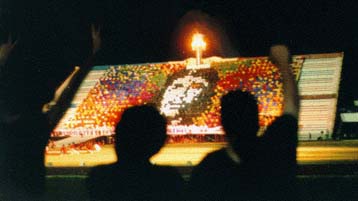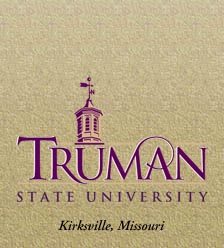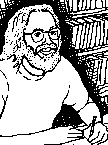 Va!
Va! Va!
Va!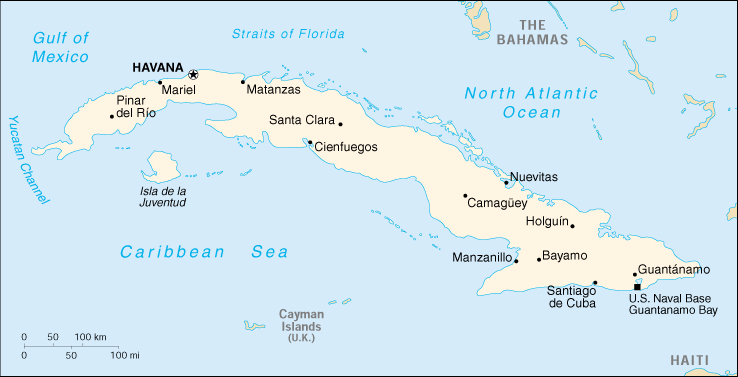
A Quick Overview of the
Cuban RevolutionThe Cuban Revolution of 1959 began with the failed attack on the
Moncada Barracks, and ended in triumph with the ousting of
dictator Fulgencio Batista.After a tremendous failure at Moncada, nearly all of the rebels
were killed or captured. At his trial, Fidel Castro gave his famous
speech, History Will Absolve Me, and was pardoned after only
two years.When released, he was forced into exile for his safety. In Mexico,
he trained an army which he prepared for a guerilla war against
Batista.On December 2, 1956, Castro and 82 others aboard the Granma
landed in Cuba. Their numbers were quickly reduced by Batista's
soldiers, but most of the important leaders made their way into the
Sierra Maestra mountains.The rebel forces began to rely on the peasants for support. Batista
took to ruthlessly attacking pro-Castro towns, which only stirred
up more support for the rebel leader.A movement in the cities began as well. Frank País, whom Castro
had left in charge while in exile, began to attack the Batista
government in various ways. Anti-Batista students, though not
associated with the Castro-led group of rebels, unsuccesfully led an
armed assault on the Presidential Palace.On May 24, 1958, Batista launch Operación Verano. With
seventeen battalions, tanks, planes, and ships, they planned to enter
the Sierra Maestra and force a showdown with Castro's rebels.
Though greatly outnumbered, the rebels repeatedly inflicted heavy
casualties on the army and drove them back.Columns commanded by Fidel Castro, Che Guevara, Raúl Castro,
Camilo Cienfuegos, and others, took on army units many times
their size. Batista's army was unprepared for the fighting conditions
and the guerilla style of warfare; consequently, desertion and
surrender were commonplace among the dictator's forces.Eventually, Batista decided the situation was hopeless. His
generals had arrived at the same conclusion, and were glad when
Batista decided to give up the fight. Batista fled to Spain, by then
having amassed a fortune of $300 million through bribery and
embezzlement.Santa Clara was taken by Guevara's army, who then turned
towards Havana. Santiago was surrendered without a fight. The
forts in Havana also surrendered, and Castro's forces occupied the
city, bringing their miliary victory to a close.http://library.advanced.org/18355/the_cuban_revolution_-_1959.html
top of page
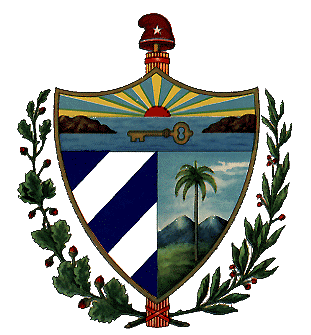


The Cuban Revolution – a General History
[http://interstice.com/~stealth/cuba.htm]
The beginning point in any historical study
should be an investigation into the general who, what, when, and where of the
person or event. From there, one can move into an examination of
why. So, in the study of the Cuban Revolution, a concise summary of the
names, dates, places, and events is invaluable. This can all be found in a
webpage produced by Eric Tam. This webpage, copyrighted in 1997, gives a
brief, but thorough, account of the Cuban Revolution. He includes a
synopsis of the events leading up to and surrounding the 1959 revolution, as
well information concerning institutionalization and consolidation efforts since
Castro has been in power. His writing is scholarly and detailed, but very
readable. The page is filled with interesting pictures and helpful
statistics. Also, the page includes a detailed bibliography, useful to
anyone doing research on the subject.
“Socialism or Death!” Fidel Castro’s speeches
[http://www.granma.cu/documento/ingles/001-i.html]
On January 1, 1959 the dictatorship of
Fulgencio Batista crumbled to the ground, and the Cuban revolutionary forces,
led by Fidel Castro, celebrated victory. Forty years to the day later, Fidel, in
commemoration of the “Triumph of the Revolution,” gave a speech in Cèspedes
Park. There he took time to remember the long struggle that was the life
of the rebels by walking through it again in words. Fidel also called out
to the new generation of revolutionaries and reminded them of their importance
in the ongoing struggle. Though lengthy and verbose, as is his style,
Fidel’s speech was obviously filled with heartfelt love for the
Revolution. This speech, along with many others given by Cuba’s principle
leaders, can be found on the Granma International website [http://www.granma.cu/documento/ingles/index-i.html].
Copyrighted in 1996, this page, available in both English and Spanish, offers
not only many useful primary documents, but also has links to numerous other
sites significant to the Cuban Revolution, now and then. Obviously though,
since this site is sponsored a Cuban institution dedicated to the ideal of the
Revolution, any non-primary documents need to be read with the information
source in mind.
Favorable Socialist Responses to the Revolution
[http://www.hartford-hwp.com/archives/43b/index-c.html]
The World History Archives offers a listing
of documents that explain the history of Cuban politics. This site, which
lists no publication date, has four documents on politics in Cuba including a
link to primary sources on Cuban history in general. The sources include
political articles on the nature of communism in Cuba today, personal accounts
of Cuba and the revolution, and a discussion of the institutions of the
government. Although these four documents obviously favor the policies of
socialist Cuba, they provide an interesting look at the ongoing process of the
Cuban Revolution. Despite their unscholarly nature, the articles allow the
reader to see how the people of Cuba evaluate their revolution’s progress
towards the goals of institutionalization and consolidation.
Unfavorable Socialist Response to the Revolution
[http://flag.blackened.net/liberty/cuba-ws40.txt]
The article entitled "Cuba" by Dermot
Sreenan in the Workers Solidarity (no date given) provides an intriguing
view of the Cuban Revolution. Although written for a socialist paper, this
article labels the Cuban Revolution as being communist out of necessity and
developing into merely Castro’s personal government. The author attempts
to explain how the revolution failed to fulfill its promise to the people by
illustrating the situation of Cuba today, a history of the revolution, and
proposing solutions for the future. Despite the obvious bias of this article, it
does provide an interesting look at the Cuban revolution. In its desire to
discredit the revolution’s claim as a “working class” revolution, the author
describes the harsher side to Castro’s revolution. Although the article
appears to be scholarly (the author does site outside sources), the author is
anything but impartial. Nevertheless, his analysis of the Cuban Revolution
adds an uncommon view to the varying viewpoints of the revolution.
Cuba after the Revolution
Pro-revolution
[http://express-news.com/pantheon/news-bus/mex-world/0201ajdb1.shtml]
The article “Cubans celebrate Revolution’s
Gains” from the Web Site of “Mexico and World” by Philip True (copyright 1999),
offers a glimpse into modern day Cuba from a pro-revolution standpoint not often
seen in the United States. The article describes the celebration of
international Labor Day 1998 in Havana and points out the benefits the
revolution has brought to Cuba. It challenges the policy of the U.S. government
regarding Cuba and blames economic problems in Cuba on the embargo maintaining
that if the U.S. changed its policy, Cuba would be able to advance economically
at a faster pace.
Anti-revolution
[http://www.ncpa.org/pi/internat/pdinter/march98k.html]
“State Department Report: Cubans Worse Off” is a report, copyrighted in 1997, from the National Center for Policy Awareness “Idea House” which challenges the belief that the Cuban revolution has brought about positive changes. This report provides an opposing point of view to that of the above article maintaining that the high levels of education and health care that Cuba possesses were already in place under Bautista. It continues stating that the cost of maintaining these levels has come at a great price to the general Cuban population. Statistics supporting this point of view are included.
